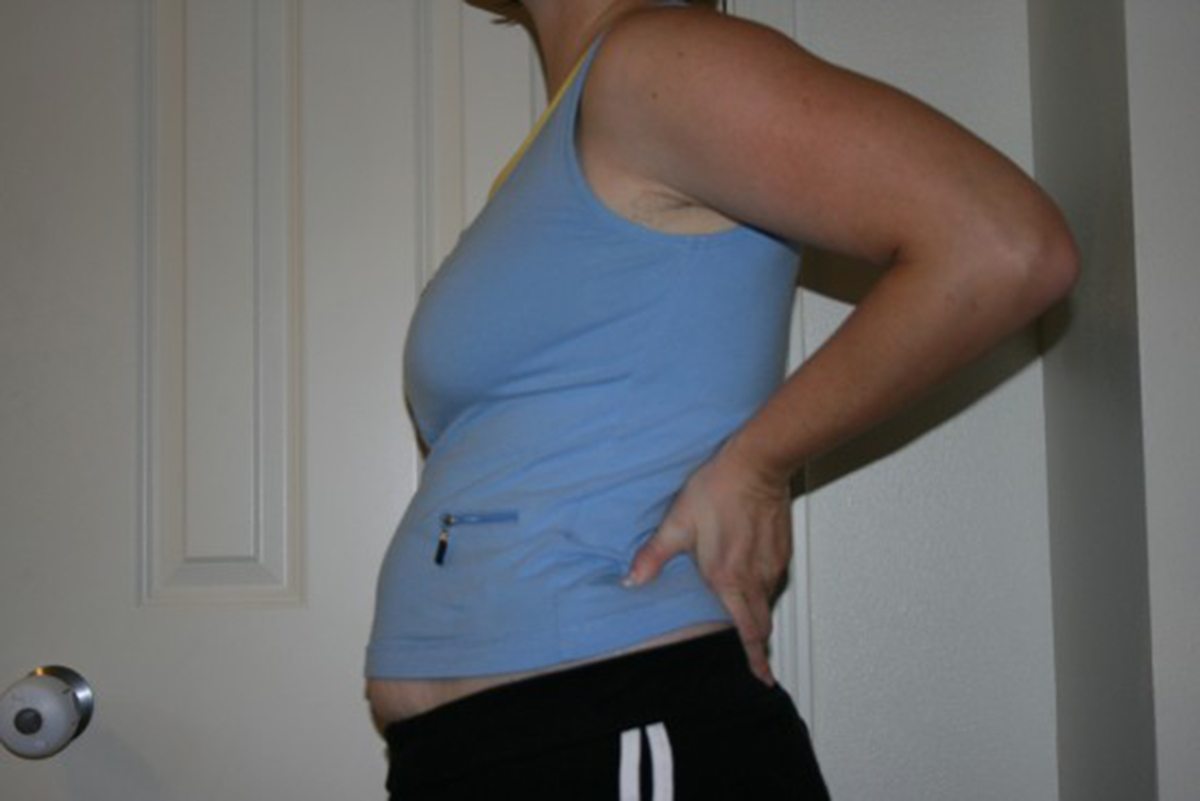Table of Contents
Constipation And Hemorrhoids
Hemorrhoids are varicose veins in the rectal area that can lead to a lot of discomfort. They are not uncommon during pregnancy, when the veins widen and the growing uterus puts pressure on veins that supply the lower body.

Constipation is another problem may pregnant women encounter, but even those who had no problems with it while they were still expecting can find themselves constipated after they give birth. There are several reasons for this. Fasting during labor and birth, pain killers you were given during your labor or postpartum period, and a sore genital area that makes you frightened to have a bowel movement can all contribute.
Both hemorrhoids and constipation will usually go away with a little self-care.
Drink plenty of fluids and make sure there is enough fiber in your diet, and apply cold packs to the area to ease swelling and pain. Herbal sitz baths, which many women like to use for vaginal tears, can also help you combat hemorrhoids. Physical activity, like going for a walk, can help you empty your bowels — and make sure that you take your time on the toilet.
Breast Problems
Some new moms choose to breastfeed, while others don't or can't. Not all postpartum breast problems have an impact on breastfeeding, and women who don't breastfeed can end up with breast issues too. Engorgement has got to be the most common problem women who have just given birth come across.
Your breasts might feel rock hard and tender, or even painful.
This means your breasts are full of milk and you will want to take steps to relieve yourself of some of it. If breastfeeding your baby doesn't make your breasts feel more comfortable, you can gently massage your breasts or even pump some milk. Don't overdo it though, as breastfeeding is a supply-and-demand system — the more milk your body thinks you need, the more you will make. Cold compresses and cabbage leaves can also help you feel more comfortable.
Cracked and painful nipples are another problem you may encounter if you are nursing your little one. Applying lanolin — a natural fat from sheep's wool — regularly should help you overcome that issue in no time.
Mastitis, an infection of breast tissue, is the breast complication every postpartum woman fears. Its tell-tale signs are swelling, pain, redness and warmness in the breasts. Some women also experience fever and chills. Mastitis can be caused by a blocked milk duct or bacteria, and it's unpleasant. The good news is that mastitis doesn't mean you have to wean your baby. A course of antibiotics will clear the infection up, while painkillers can help you feel better.
Diastasis Recti
No woman wants to look pregnant after she had a baby, but most women will not have their old figure back the moment they give birth. Desperate to look the way they did, many new moms are extremely eager to begin exercising. Don't start too soon, though, or you could achieve something very different to what you were aiming for.
As pregnancy progresses, the abdominal muscles will almost always separate to accommodate the growing baby. It takes a while for them to move back into their original place after birth, though, and women who start working out too soon increase their risk of a permanent abdominal-muscle separation known as diastasis recti. Wait until your healthcare provider gives you the green light to exercise, usually at the six-week postpartum checkup... unless you want a belly that permanently looks pregnant.
Uterine Problems
Do you think contractions are behind you once you've had your baby? Don't be fooled — the uterus needs to shrink back to its tiny non-pregnant size after labor and birth, and this might cause painful contractions. Painful contractions are especially likely to show up while you are nursing, and tend to get heavier with each baby a woman has. These contractions are not harmful, but might be very uncomfortable. Over-the-counter painkillers can help out.
More serious uterine problems are also possible.
Women who recognize these symptoms should get in touch with their OBGYN immediately.
Read More: Baby Blues and Postpartum Depression (PPD): Causes and Treatment
This will help prevent a uterine prolapse, where your uterus bulges into the vagina. If you do notice something coming into your vagina from the inside, tell your doctor about it.
- Mindmap by steadyhealth.com
- Photo courtesy of Mrs. Flinger by Flickr : www.flickr.com/photos/mrsflinger/1637058091/

